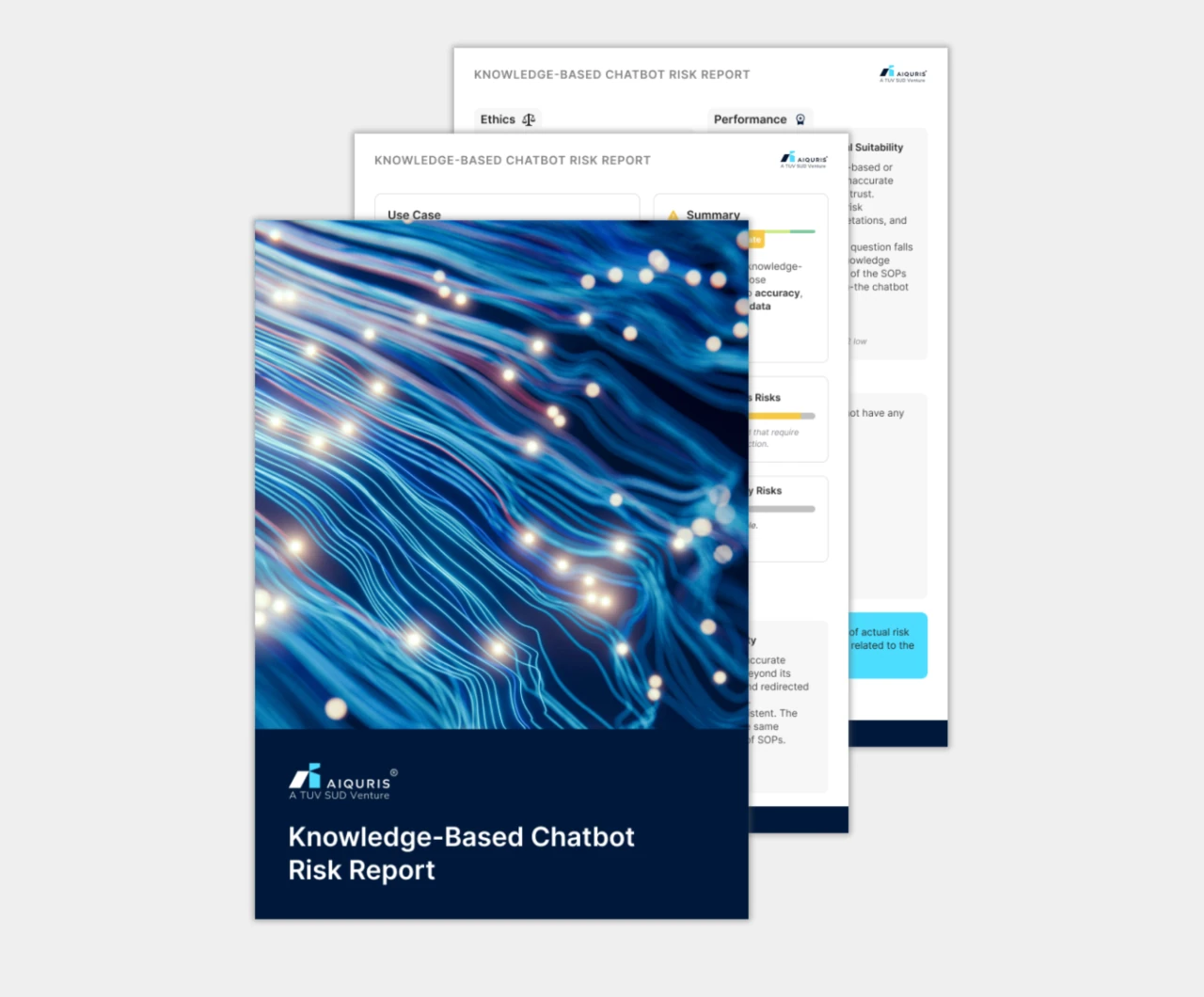Artificial Intelligence (AI) is reshaping the recruitment landscape, with nearly 99% of Fortune 500 companies utilising some form of automation in their hiring processes1. These systems streamline application reviews and candidate assessments, enhancing efficiency and reducing costs. However, as organisations increasingly adopt these technologies, concerns around algorithmic discrimination and AI bias in hiring have grown. Research shows alarming statistics on AI bias in hiring. AI-powered tools preferred white-associated names 85% of the time, while Black-associated names were favoured only 9% of the time1. Amazon’s AI recruiting tool further revealed systemic gender bias, downgrading resumes with female-associated terms2. It’s crucial to understand how biases affect decision-making and what steps can mitigate them.
What Is AI Bias?
AI bias arises from flawed training data or algorithm design. A study by the University of Washington found notable racial and gender biases in how LLMs rank resumes, often favouring white male candidates1. This raises serious ethical questions about fairness and inclusivity in automated hiring.
Mechanisms Behind Algorithmic Bias
Understanding the technical underpinnings of AI bias is essential for addressing these issues:
-
Input Data Bias: Algorithms trained on historical data reflect past prejudices. Amazon’s AI recruiting tool, for instance, favoured male candidates due to the dominance of male-submitted resumes3.
-
Feature Selection Bias: Engineers may prioritise certain characteristics that disadvantage specific groups. Underrepresented demographics often lack sufficient representation in training datasets, leading to skewed outcomes4.
-
Bias in Job Posting Language: AI systems may unintentionally amplify bias through the language used in job postings. Phrases like "ambitious leader" can discourage applications from marginalised groups5.
-
Bias in Candidate Matching Algorithms: AI tools might favour candidates who match predefined profiles, potentially excluding diverse applicants or those with unconventional career paths6.
-
Bias Amplification Through Feedback Loops: AI systems that learn from recruiter behaviour may reinforce existing biases by prioritising candidates similar to those previously selected, perpetuating discriminatory patterns7.
Strategies for Mitigating AI Bias in Hiring
To combat algorithmic bias, organisations must employ strategic measures:
Data Transparency: Maintaining transparency about the datasets used for training AI helps identify potential sources of bias early in the development process.
Regular Audits: Conducting audits of AI performance allows businesses to assess discriminatory patterns and make necessary adjustments. Compliance with guidelines like the EEOC AI Guidelines and principles outlined in ISO/IEC 23894 for risk management can help maintain accountability.
Inclusive Development Practices: Involving diverse teams in the creation of AI tools can help prevent biases from becoming embedded in algorithms.
Organisations should adopt a multi-layered approach to mitigate AI bias in hiring. Data transparency helps spot bias early, while regular audits—aligned with EEOC AI Guidelines and standards like ISO/IEC 23894—identify and correct discriminatory patterns. Inclusive development practices, involving diverse teams, further prevent bias from becoming embedded in AI systems. Standards such as ISO/IEC 42001:2023, ISO/IEC 23894, ISO/IEC TR 24027, and ISO/IEC TS 12791 (add links) offer a robust framework for managing AI risks. While a dedicated team can apply these standards manually, AIQURIS streamlines the process by automatically identifying and quantifying risks across key areas—ethics, legal, security, safety, performance, and sustainability—clarifying mitigation steps so organisations can scale AI in hiring with confidence and maintain transparent, responsible practices.
The Promise of AI in Reducing Bias
While AI bias in recruitment is a legitimate concern, it’s important to recognise AI’s potential to reduce unconscious human bias when implemented thoughtfully. AI tools, when trained on diverse and well-curated datasets, can focus purely on skills, qualifications, and experience helping avoid subjective decisions based on race, gender, or other personal attributes. Blind recruitment systems powered by AI can mask candidate information like names and demographics, ensuring assessments remain merit-based8.
Considerations When Implementing AI in Recruitment
When considering the implementation of AI in recruitment, HR heads and CIOs should ask the following questions to align technology with organisational objectives:
-
Alignment with Objectives and Needs: Ensure that the AI solution aligns with your organisation's goals and maturity level.
-
Transparency and Explainability: Does the AI provide clear insights into its decision-making process?
-
Detection and Mitigation: What measures are in place to detect and mitigate bias within the AI system?
-
Human Oversight: How does the organisation plan to maintain human involvement in the hiring process?
-
Data Privacy and Security: Are there robust protocols for protecting candidate data?
-
Compliance: Does the AI adhere to relevant legal and regulatory standards, including the EU AI Act and GDPR?
-
Training and Awareness: Is there an ongoing effort to educate staff about the use of AI in hiring?
AIQURIS’s Requirements feature automates compliance requirement mapping, eliminating manual interpretation errors and ensuring businesses stay aligned with evolving regulatory frameworks, industry standards, and risk profiles. This minimises legal exposure and accelerates AI adoption by keeping organisations consistently audit-ready, even as regulations change.
How AIQURIS Can Help
AIQURIS ensures equitable hiring by offering automated resume screening that promotes diversity without compromising quality, real-time bias detection tools, and transparent reporting for compliance. Its robust assessment framework evaluates AI models and vendors against risk and governance criteria like bias, explainability, and performance — reducing costly compliance failures and fostering ethical hiring practices.
Conclusion
While AI holds tremendous potential for streamlining hiring processes, vigilance against discrimination is paramount. Solutions like AIQURIS facilitate efficient hiring while championing ethical standards in talent acquisition. By adopting responsible AI practices, organisations can harness the benefits of technology while ensuring fairness and inclusivity. To explore our innovative solutions further, reach out today.






